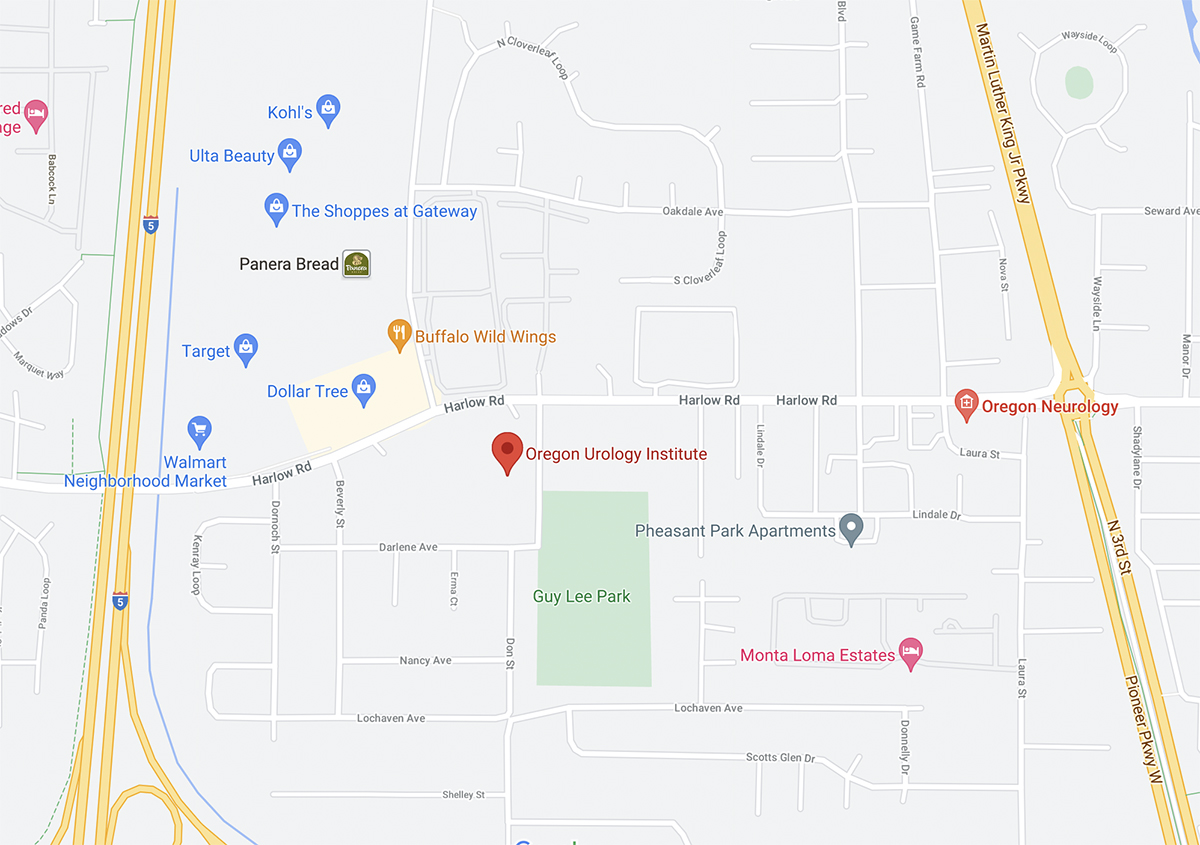TESTICULAR TORSION

WHAT IS TESTICULAR TORSION?
The testicles, also known as testes, are two small, oval-shaped glands located in the scrotum, which is the sac of skin beneath the penis. The testicles produce sperm and the hormone testosterone in men.
Testicular torsion is a serious and painful condition that affects the testicles.
It occurs when a testicle twists, cutting off blood flow. This condition requires immediate attention to prevent permanent damage or loss of the testicle.
This can affect anyone with testicles, but it is most common in males aged 12 to 18. A personal or family history of the condition can increase your risk.


HOW SERIOUS IS TESTICULAR TORSION?
Testicular torsion is a medical emergency.
If you experience sudden, intense pain in one of your testicles, seek medical help immediately. Nearly everyone retains their testicle if treated within four to six hours. The chances of saving the testicle decrease significantly the longer you wait for treatment.
HOW DOES TESTICULAR TORSION OCCUR?
Most cases happen due to a condition called “bell clapper” deformity.
Typically, the testicles are attached to the scrotum, preventing them from twisting. However, with a bell clapper deformity, the testicles hang loosely in the scrotum, making them more prone to twisting.
This twisting can also occur after an injury to the testicles or scrotum. It’s important to know that physical activities like jumping, lunging, or twisting don’t cause tthis, even if it happens while you’re exercising.
WHAT ARE THE SYMPTOMS OF TESTICULAR TORSION?
Most men describe the pain as sudden and intense, often extending to the stomach and causing nausea. This pain can occur at any time, whether you’re awake, asleep, or engaged in physical activity. The pain can be so severe that it interferes with walking. For some, the pain may come and go. Other symptoms may include:
- Painful swelling on one side of the scrotum
- Discoloration of the scrotum
- A visible lump on a testicle
- One testicle is higher in the scrotum than the other
- Nausea and vomiting
- Abdominal pain
- Fever
- Increased frequency of urination
HOW IS TESTICULAR TORSION DIAGNOSED?
Your doctor will make a diagnosis based on symptoms, medical history, and a physical examination.
The central diagnostic tool is a scrotal ultrasound, which evaluates blood flow to the testicles. If blood flow is reduced or absent, this typically means a torsion has happened.
HOW IS TESTICULAR TORSION TREATED?
Testicular torsion cannot resolve on its own. Without prompt surgery, the affected testicle may need to be removed if it loses its blood supply for too long.
This condition is treated with a surgery called orchiopexy. During this procedure, a surgeon untwists the affected testicle and secures it to the scrotal wall to prevent future twisting. If you have a bell clapper deformity, which makes both testicles more prone to twisting, the surgeon will usually secure both testicles to keep them in place.
Testicular torsion is a medical emergency. If you have symptoms, go to the emergency room immediately. Prompt treatment is crucial to prevent permanent damage to the testicle.
FAQs
1. Can testicular torsion recur after treatment?
Yes, although it is uncommon, testicular torsion can recur after treatment, especially if the initial surgery did not adequately secure the testicle to the scrotal wall. Recurrence is more likely if the stitches used during surgery do not hold or if another underlying anatomical issue exists. If you experience symptoms again after surgery, seek immediate medical attention.
2. What is the long-term impact on fertility after experiencing testicular torsion?
The long-term impact on fertility can vary depending on the severity of the torsion and the promptness of treatment. If treated within six hours, the chances of preserving normal testicular function are high, and most individuals retain normal fertility. However, studies show that around one-third of men may experience a reduced sperm count. This reduction can impact fertility, but many individuals still maintain the ability to father biological children.
3. Are there any non-surgical treatments for testicular torsion?
Non-surgical treatments are not effective in resolving the condition. While manual detorsion, a procedure where a doctor attempts to untwist the testicle by hand, can temporarily relieve pain and restore blood flow, it is not a permanent solution. Surgery is necessary to securely attach the testicle to the scrotal wall and prevent it from happening again. Without surgery, there is a high risk of recurrence and potential loss of the testicle.
4. Can testicular torsion be prevented?
The only way to prevent testicular torsion is through a surgical procedure to attach the testicles to the scrotal wall, which helps prevent them from twisting. Most men do not know they are at risk until it happens.







